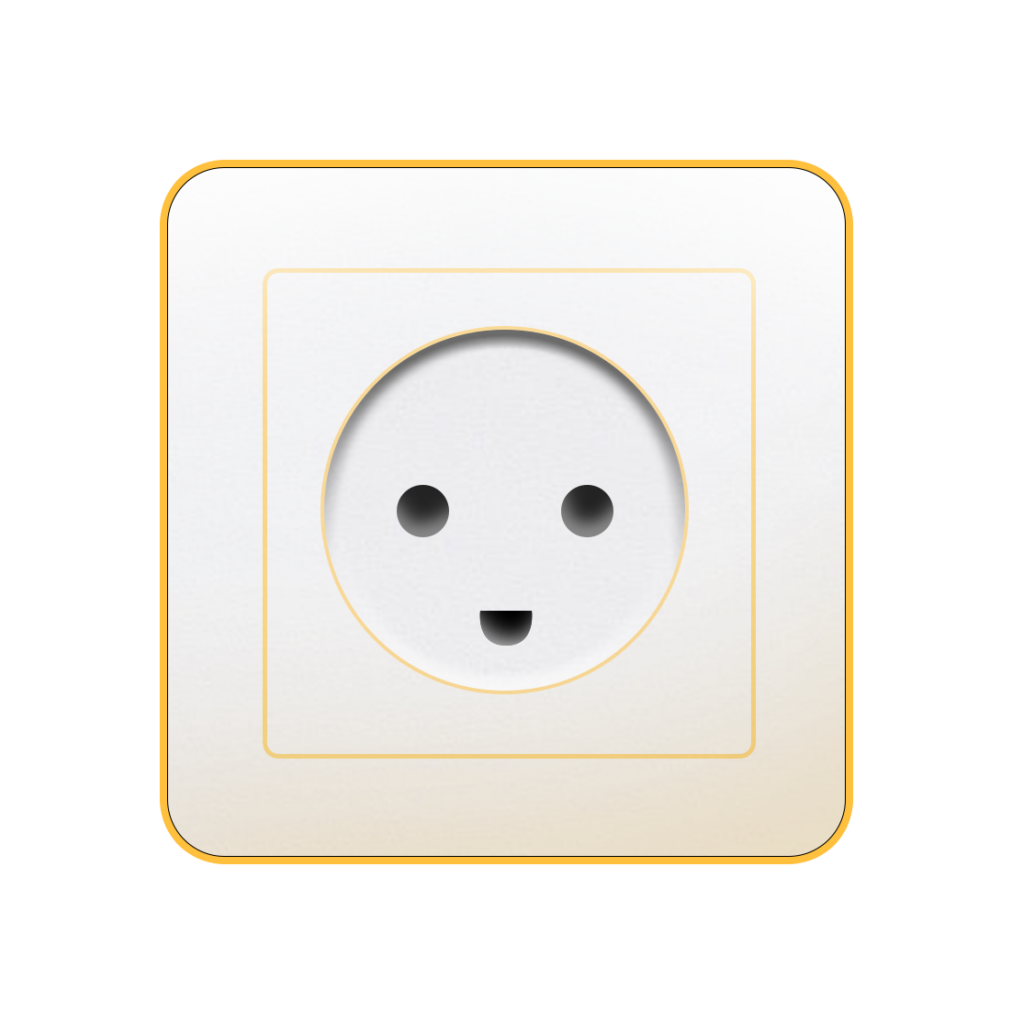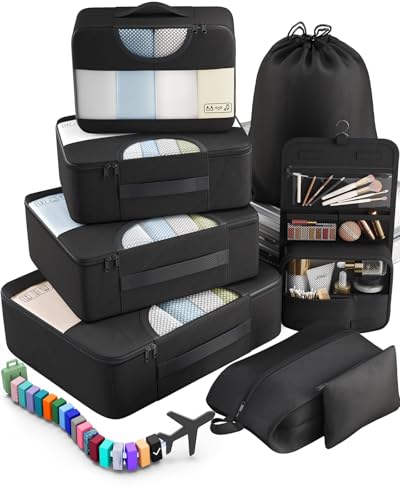In the Faroe Islands, they use Type F and K power plugs and outlets. The voltage is 230V, and the frequency is 50Hz.
So, you’ll need a travel adapter in the Faroe Islands. Their plugs and outlets are different from the Type A and B ones we use back in the States.
Quick Overview of the Plugs in the Faroe Islands:
- Plug type in the Faroe Islands: F and K
- Standard voltage: 230V
- Frequency: 50Hz
- Need a travel adapter? Yes, you do need a travel adapter
- Need a voltage converter? It all comes down to your specific device
- Recommended plug adapter: One Beat International Power Adapter
The details provided here come directly from local power authorities, international standards like the IEC, and practical feedback shared by travelers across the globe.
The Only Travel Adapter You’ll Need in the Faroe Islands
Need a reliable travel adapter for the Faroe Islands? We don’t sell them, but we’ve researched the best option based on voltage, safety, and plug types. Here’s what we recommend:
Recommended Travel Plug Adapter
by 6,500+ travelers on Amazon
If you’re already traveling or have arrived at your destination without a power adapter, don’t worry. You can usually pick one up locally. Still, having one with you from the start is the easiest way to avoid delays or surprises.
People traveling to the Faroe Islands often also include Iceland, Denmark, and Norway in their trip. Always check if a different plug is required.
Power Outlets in the Faroe Islands
In the Faroe Islands, they use Type F and K power plugs and outlets.
Type F

Type F outlets have two round prongs and grounding clips on the sides. Type C and E plugs will also fit.
Type K

Type K outlets have two round prongs and a grounding pin located below them, and accept both Type K and Type C plugs, but Type C plugs won’t provide grounding.
Do You Need a Voltage Converter?
If the voltage in the Faroe Islands doesn’t align with the 120V used in the U.S., you’ll need a converter to safely use your electronics.
To avoid any electrical issues, always check the power label on your device before traveling. If it states “100-240V, 50/60 Hz”, your device is compatible with multiple voltage standards and won’t require a converter. Most laptops, tablets, cameras, and rechargeable devices support this.

Which Travel Devices May Need a Converter?
Need a reliable voltage converter? These are the top picks according to real reviews — check them out.
| Device | Need Converter? | Notes |
|---|---|---|
| Phone | ❌ No (usually) | Most modern phone chargers are dual voltage (100–240V) |
| Laptop | ❌ No (usually) | Check the power brick label for 100–240V |
| Hairdryer | ✅ Yes (often) | High wattage; many models are not dual voltage |
| Electric toothbrush | ⚠️ Check voltage | Some models are 110V only |
| Camera / DSLR | ❌ No (usually) | Most chargers are dual voltage |
| Power bank | ❌ No | Charges via USB, adapter is enough |
| Electric shaver / trimmer | ⚠️ Check voltage | Older or cheaper models may not support 230V |
| Tablet / iPad | ❌ No | All models are dual voltage |
| Portable fan | ✅ Yes (sometimes) | Many models are not compatible with 230V |
| Game console | ⚠️ Check voltage | Newer consoles like PS5 and Xbox are often dual voltage — check to be sure |
| Bluetooth speaker | ❌ No (usually) | Charges via USB |
| E-reader (Kindle, etc.) | ❌ No | USB charging only, no converter needed |
Top Travel Essentials to Pack
Travel essentials don’t stop at adapters. These extra items help you stay one step ahead while you’re on the move.
Digital Luggage Scale
Packing Cubes
Power Bank
More About the Faroe Islands
The Faroe Islands feel like a hidden realm between Iceland, Norway, and Scotland—eighteen wind-whipped islands carpeted in emerald grass, steep sea cliffs, and pastel turf-roof houses. The land looks ripped straight out of a fantasy novel: no trees to block the views, just ocean, fjords, and towering basalt formations. Surprisingly, most people don’t realize that over 70% of the islands sit more than 200 meters above sea level, which explains the epic cliff lines and the puffin colonies clinging to the rock faces.
Life here moves slowly but richly. The capital, Tórshavn, is home to about 40% of the islanders—some 14,000 in the city proper and 23,000 counting the suburbs—but it never feels crowded. Traffic lights? There are just nine in the entire country, and eight are clustered around town. The islands’ modern connectivity comes via tunnels and bridges—including the world’s first underwater roundabout, linking Streymoy and Eysturoy islands with a glowing sculpture that locals actually drive through just for fun.
Cultural life is real and proudly local. Every July, the whole place pulses with Ólavsøka festival celebrations—boat races, chain dancing in the streets, folk music, and rowers pushing hard in traditional boats. The islands even have their own whiskey distillery leveraging the salty air and high humidity for flavor. And trust me, you’ll run into more sheep than people—there are roughly 70,000 sheep grazing the hillsides, outnumbering the human population by a good margin.
Top places to visit in the Faroe Islands: Tórshavn.




